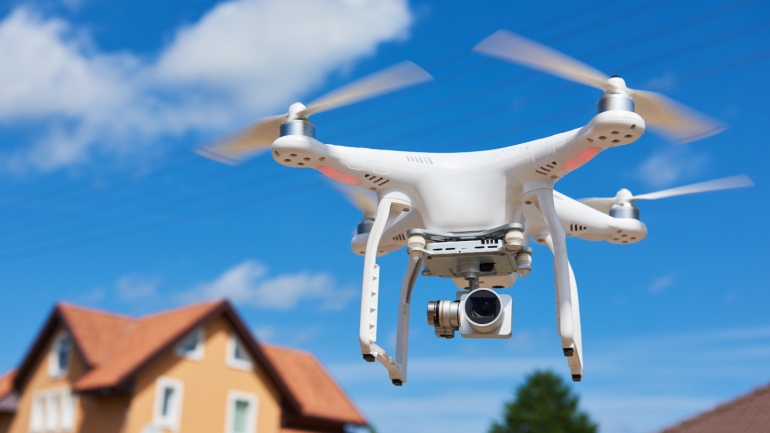Viavi Solutions Inc. has made waves at the 2024 RIC Forum, held in Dallas, Texas. The company proudly showcased its TeraVM RIC Test and TM500 Network Tester in various demonstrations, further solidifying its commitment to cutting-edge collaborations within the telecom industry.
In a stark warning delivered at a regional investment banking conference in Tallinn, Estonia, Ericsson CEO Börje Ekholm highlighted Europe’s precarious position in the global telecom arena. Emphasizing the urgent need for regulatory reform and innovation prioritization, Ekholm cautioned that Europe’s telecom industry is trailing far behind its counterparts in the US, China, and India.
In an unexpected evolution, Spirent Communications, a UK-based telecom testing group, put the brakes on their £1 billion merger agreement with Viavi Solutions, after a victorious proposition swooped in from Keysight. Celebrating the unexpected alliance, Spirent cited the extensive resources and product range Keysight offers, promising to bring considerable advancements to the tech industry.
In a bold move reminiscent of early 2000s communication technology, T-Mobile US has unveiled a groundbreaking push-to-talk service tailored for emergency services, in partnership with Motorola Solutions. However, this isn’t a mere throwback; it’s a sophisticated, 5G-enabled system designed to meet the demands of modern-day first responders.
BT and Global have entered a 10-year collaboration to modernize UK’s traditional payphones and expand digital hubs in local communities, fostering enhanced connectivity and local advertising opportunities. A major highlight includes the transformation of BT’s iconic payphones, expected to develop into a progressive stride towards telecommunications future.
Seven Chinese nationals are under legal fire, suspected of masterminding an international hacking operation. Imagined to be APT31 Group members, they have allegedly dispatched 10,000 harmful emails, targeting critics of the PRC regime and stealing trade secrets.
Ericsson, the Swedish telecommunications equipment manufacturer, is bracing for another challenging year by announcing a new wave of job cuts within Sweden. The company has pointed to a constricted mobile networks market in 2024, driven by cautious customer spending and a continuation of the trend of reduced operator investment, which it had previously described as unsustainably low. Despite various analyst reports reinforcing this bleak outlook, Ericsson remains committed to its strategic goals but acknowledges the need for significant operational adjustments to navigate the current climate.
Serveo and Telefónica Tech are setting a new standard in eco-friendly mobility and road safety, utilizing drones for a novel traffic management approach. These drones, operated by Navalair, offer aerial views to quickly assess traffic incidents and road conditions, thereby enhancing support to accident victims and expediting response times.
Three UK’s latest financial report reveals a concerning swing to a loss, underscoring the company’s pressing need for a merger with Vodafone, as articulated by its chief executive. Despite experiencing growth in both revenue and customer base last year, the mobile operator faced increased capital spending and operating costs, leading to its first earnings loss in over a decade. This financial downturn has been a pivotal factor in advocating for the proposed merger with Vodafone, according to Three UK’s CEO, Robert Finnegan.
Nokia has enhanced its WaveSuite optical network platform. Companies across various industries are increasing their investment in artificial intelligence. Ericsson launched EFTG to drive 5G advancements in U.S. federal agencies for national digital transformation. NVIDIA’s launch of the GB200 Grace Blackwell Superchip promises to revolutionize generative AI’s efficiency and performance.













